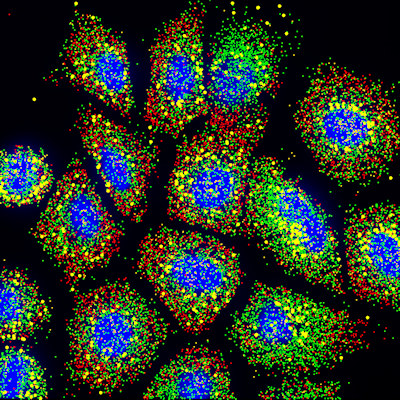July 5, 2022 -- An international consortium of 27 laboratories called DANIO-CODE has created an atlas of genetic data on zebrafish to support research into conditions including cancer, heart disease, and neurodegeneration.
Details of the atlas, which the researchers claim is the largest of its kind, were published on July 4 in the journal Nature Genetics. The paper describes the centralization and annotation of 1,802 sets of unpublished and reanalyzed published genomic data.
The researchers envisage the DANIO-CODE data coordination center supporting work such as single-cell studies of transcriptomes and open chromatin, as well as the targeted manipulation of genomic elements.
Zebrafish are widely used to study embryonic development and to model human diseases. The use of zebrafish reflects factors such as the availability of convenient genetic manipulation tools and the high conservation of disease genes and mechanisms between humans and fish. However, the community of researchers working on zebrafish have lacked systematic functional annotation programs that match the scale of initiatives in other areas, such as the Encyclopedia of DNA Elements (ENCODE).
In response, researchers created DANIO-CODE in late 2014. More than seven years later, the initiative has delivered an atlas based on the work of more than 50 researchers worldwide. Ferenc Mueller, a professor of developmental genetics at the University of Birmingham, set out the possible implications of the creation of the resource.
"The catalog created by the DANIO-CODE consortium is open access to ensure that researchers can utilize the genetic information for their future studies," Mueller said in a statement. "Now, with our new catalog, we move one step closer to having a fully realized map from which to overlay with the human genome. This kind of activity will allow researchers around the world to pursue at pace novel treatments, drugs, and a better understanding of the human and animal disease."
As part of the project, the researchers have annotated 140,000 candidate developmental cis-regulatory elements (CREs), including enhancers and promoters. Recognizing the need for CREs to "reflect their distinct temporal and spatial dynamics and modes of functionality," the team created new subcategories to try to improve the classifications of enhancers and promoters.
The authors of the paper are encouraging users to "browse tracks for enhancer marks emanating from small cell numbers that may be masked by thresholding, and to integrate tissue- and cell-type specificity information." The integration is intended to "generate further layers of functional annotations" and "help in identification of gene regulatory network components acting in lineage determination."
Copyright © 2022 scienceboard.net









